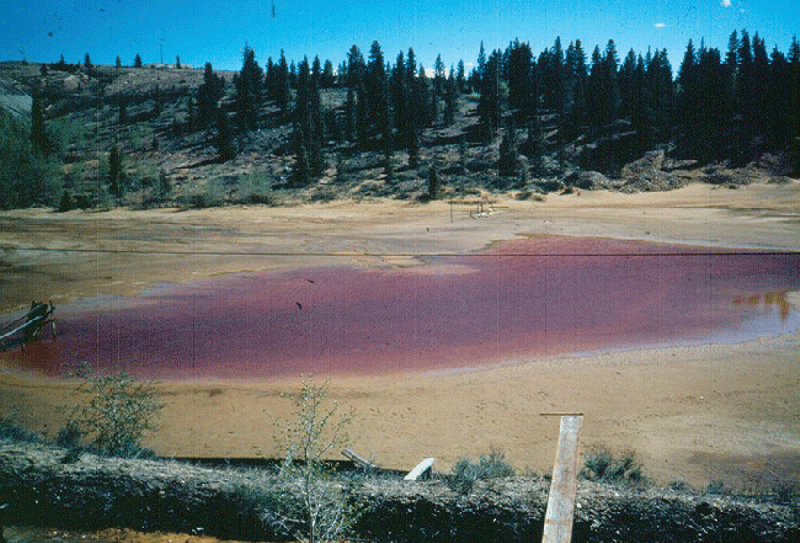Remediation and Infrastructure

As actual Infrastructure Week is happening since we have a serious president who cares about doing things, we are having a real conversation about our infrastructure for once. As Justine Calma knows at The Verge, one huge problem is all of our dilapidated and abandoned mining infrastructure that was never remediated properly. Biden’s bill calls for some money for this, but it’s not nearly enough to solve what is a very difficult problem.
Hazards from abandoned infrastructure are a serious and often ignored problem. Left alone, those wells and mines pose dangers to the environment and to people. They’ve also been a financial headache for states and federal agencies left with the enormous costs associated with safely retiring them.
The money could cover some of the costs of remediating the oldest wells and mines, which were dug before companies were required to put aside money for what happens to the site at the end of its life.
“Our infrastructure is crumbling,” Biden said during an address in Pittsburgh yesterday. “Put simply, these are investments we have to make.”
$16 billion could go part of the way toward sweeping up the crumbs of neglected resource-extracting infrastructure. But experts and advocates say it’s only a first step toward fully reckoning with the toxic holes in our landscape left by abandoned wells and mines.
There are 500,000 abandoned mines in the US, according to the Bureau of Land Management. Before the 1970s, it wasn’t unusual or illegal for companies to simply walk away from mines when they were no longer profitable. Waste from those mines has polluted the surrounding soil, water, or air. Metals from these mines can leave behind highly acidic water, which puts fish and the people who eat those fish at risk. Dust from mines can also spread arsenic, lead, and even radioactive material, harming nearby communities.
Many of the companies responsible for creating these hazards have left governments with the tab to clean it all up. Between 2008 and 2017, federal agencies spent about $287 million a year remediating and monitoring abandoned mines.
Then there’s the even bigger problem of abandoned oil and gas wells: at least 57,000 out-of-commission wells in the US are considered “orphans” because whoever operated them either can’t be identified or can’t afford to plug them. On top of that, there are even more “idle” wells that do have owners but haven’t been used in years and are in danger of becoming orphans. Altogether, there are over 2.1 million of these wells languishing in the US, according to an Environmental Protection Agency estimate.
The one silver lining here, if one wants to call it that, is that if we really did want to fix all of this, there’s a lot of jobs out there to be had. But it would also cost a lot of money.
If you ever have the chance to visit Leadville, Colorado, you can drive a bit on some of the roads that lead a bit out of town and really see this for yourself. There, engineers have engaged in some projects to collect this polluted water. They are called “Merlot ponds” because that’s what the water looks like. It’s a bit disturbing to see. But they’ve only had the money and ability to handle a fraction of what needs to be done in an area shot through with abandoned leaky mineshafts.


